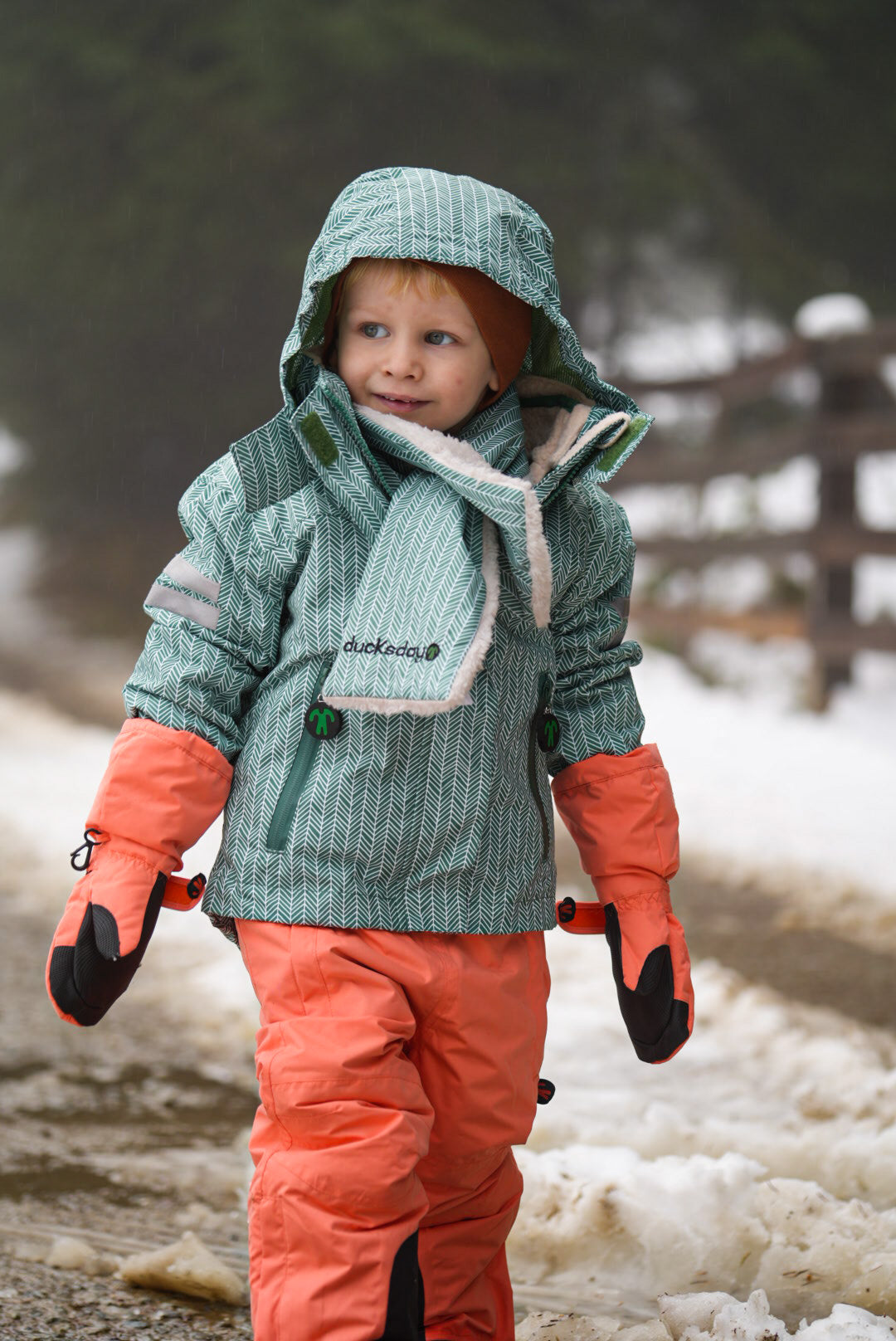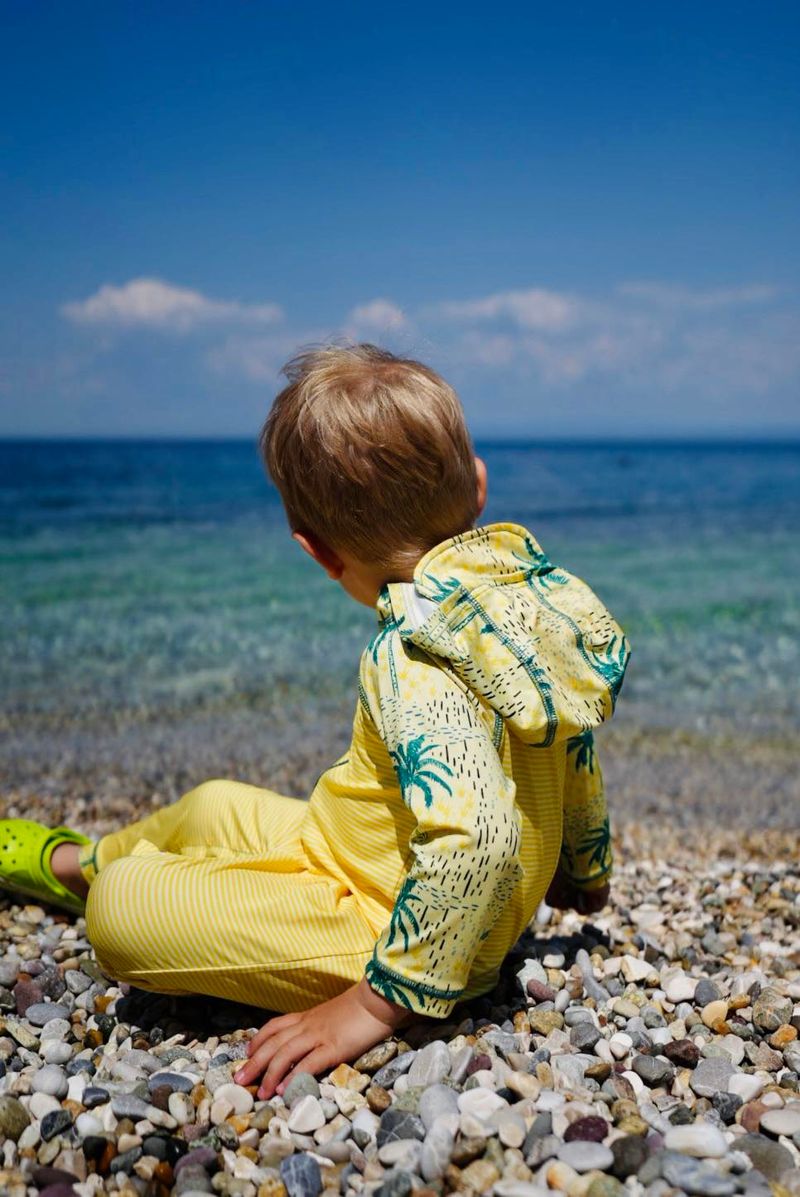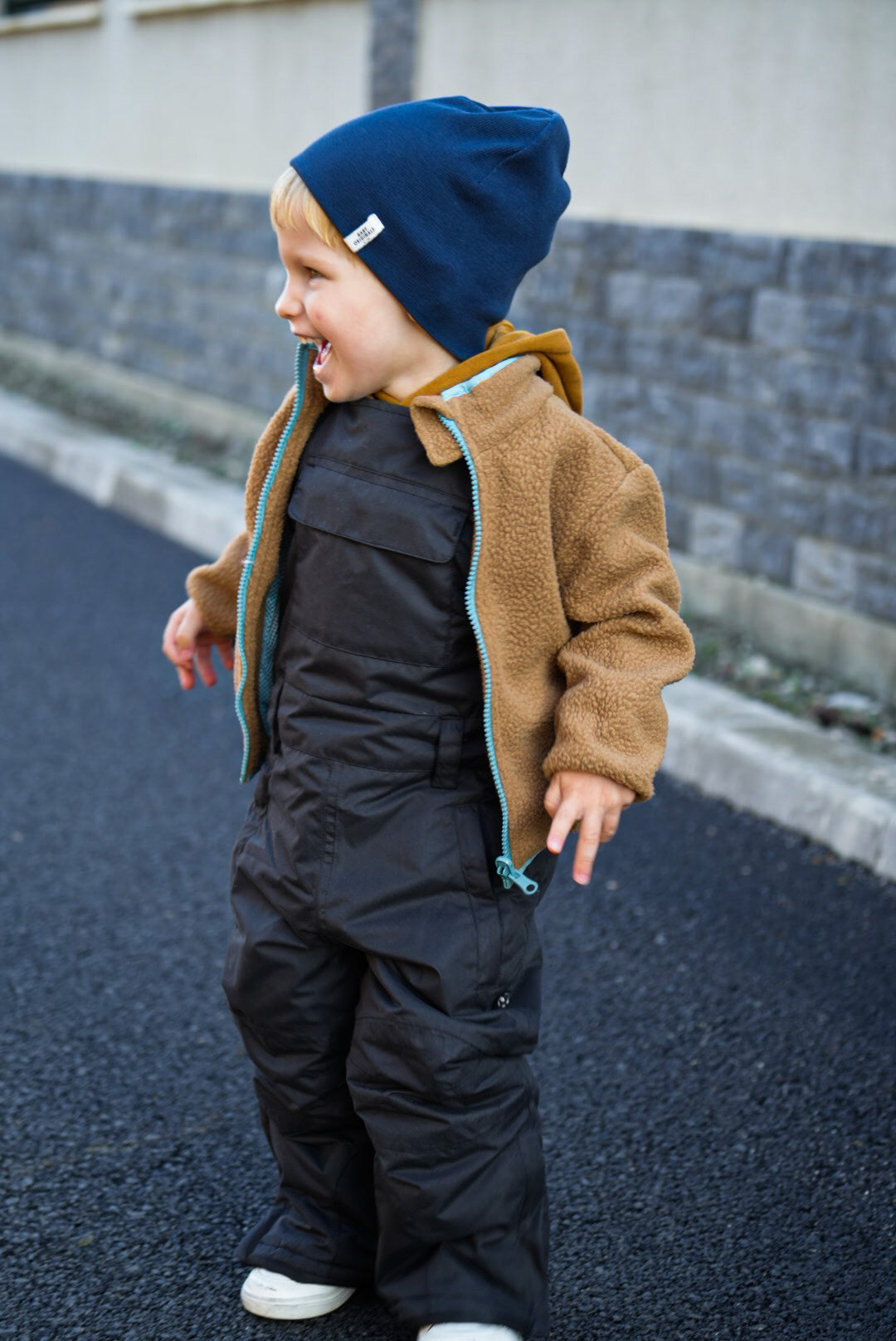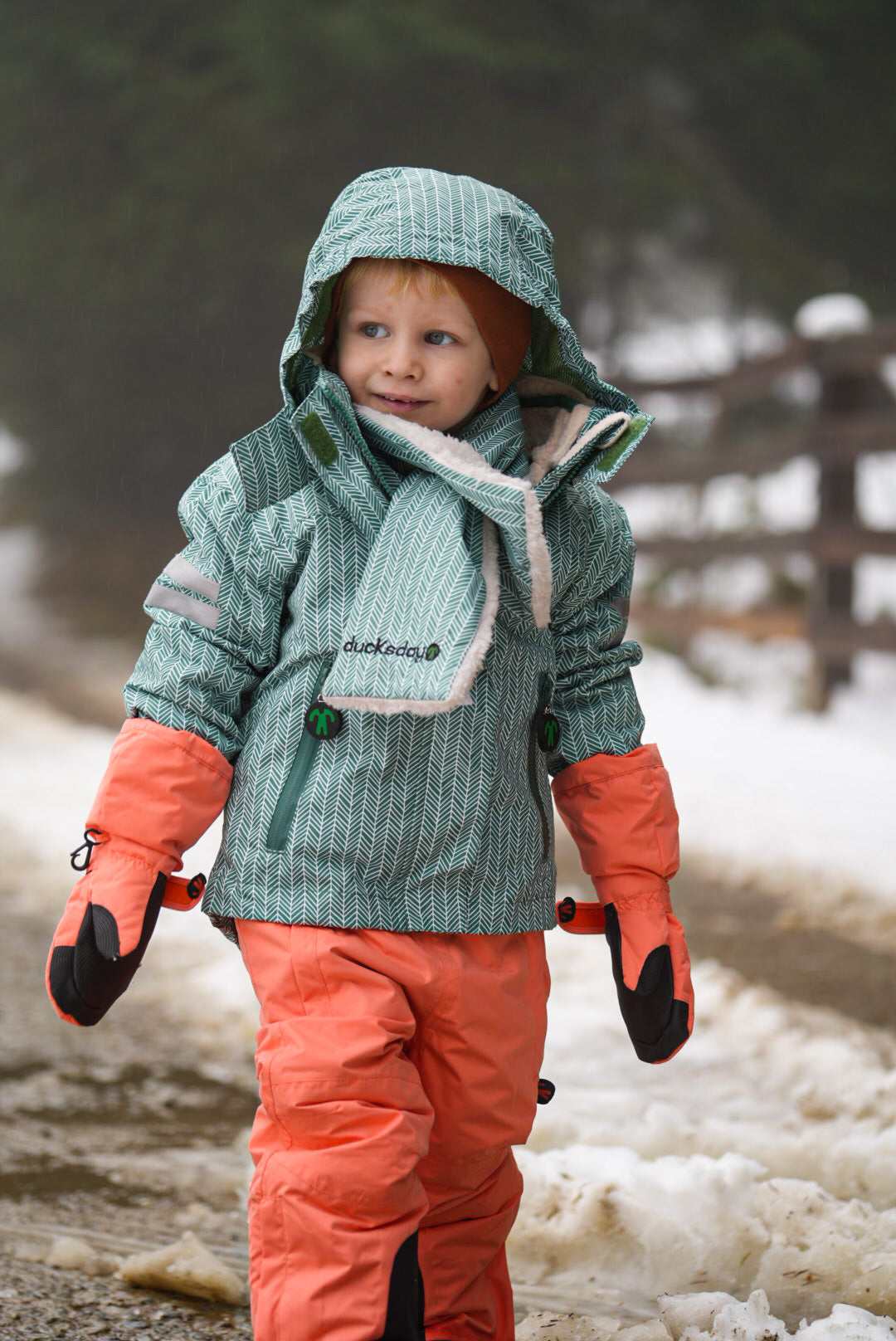The difference between gloves and mittens is all about the design. Whereas gloves have individual sheaths for every finger, with mittens you have your thumb in one section and all of your other fingers in another section. Both types have their advantages.
Gloves have better dexterity than mittens, for example. With their individual fingers they are more practical if you frequently have to handle gear such as boot buckles. They are a good choice if the weather isn’t too cold and you need to do precise tasks.
Because mittens only have the thumb separately, it is more difficult to handle buckles or zippers. But, they are a lot warmer. With mittens, your fingers share the warmth, hot air circulates more easily and they have less surface area for body heat to escape. When you go skiing or snowboarding, your fingers are a lot less likely to get cold when you are wearing mittens. Apart from buckling up your boots, you don’t need dexterity when you’re coming down the slopes or hiking in the mountains.
Which size mittens do you need?
The key to keeping your hands nice and warm, is a proper fit. If your mittens are too big, the warm air can escape and your hands will cool down. It will also make it more difficult to hold ski poles, buckle your boots or use your zippers. If your mittens are too small, your skin will be exposed at the wrists and your hands will get cold. The mittens will also restrict your movements and will feel uncomfortable.
So, how can you check the proper fit? A well-fitting mitten will have about 6 to 7 millimeters extra space at the end of your fingertips when your fingers are outstretched, but will also cover your wrists. When you make a fist, the mitten shouldn’t feel too tight around your hand. Mittens with adjustable Velcro can make for a perfect fit for every hand.
Are mittens or gloves better for skiing and snowboarding?
Both mittens and gloves can be worn for skiing or snowboarding, but mittens offer better protection against the cold. Especially for children, mittens keep their hands extra warm and comfortable. Whichever you prefer, make sure you choose quality materials and check the features. If you use them for skiing or snowboarding, the mittens need a waterproof, breathable layer to prevent the inside from getting wet. Melting snow or rain can’t find its way in while vapor from sweating needs to be able to escape. All Ducksday mittens, for example, have a 3M™ Thinsulate™ Insulation with ecological waterproof finish that makes it waterproof up to 10.000 mm. The fabric is breathable, made with 100 percent recycled polyester and has a soft fleece lining for extra comfort.
When snowboarding, your mittens get in contact with the snow more often. Make sure to choose a pair of mittens with reinforced palms, for better protection and to prevent the mittens from wearing down. The pads on the palms also increase the grip and dexterity, for both skiers and snowboarders.
What are the best mittens for toddlers?
All of the features for adult mittens are even more important when choosing mittens for toddlers. Their tiny hands can get cold real quick and they are more likely to lose a mitten somewhere along the way. Make sure to choose mittens with long gauntlet cuffs that extend over the sleeves of their winter jacket and a Velcro at the wrists to keep snow or water from coming in. Lots of gloves and mittens for children also have a system to attach them to your snowsuit or winter jacket. That way, you don’t need to worry about your child losing them on the chairlift!
Looking for the best and warmest mittens for your child? Discover our scarf and mittens gift set in 9 unique designs and different sizes! Just like the mittens, the pull-through scarf is waterproof and padded and has the softest teddy fleece at the back.





